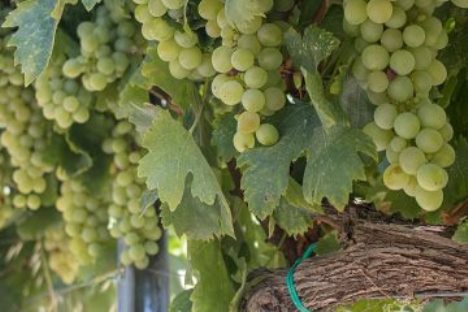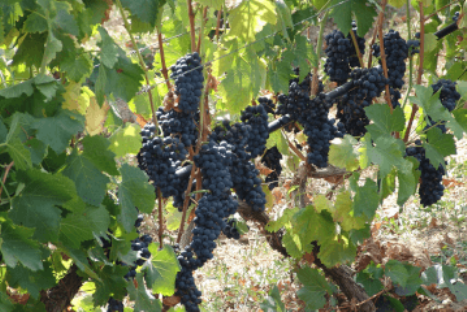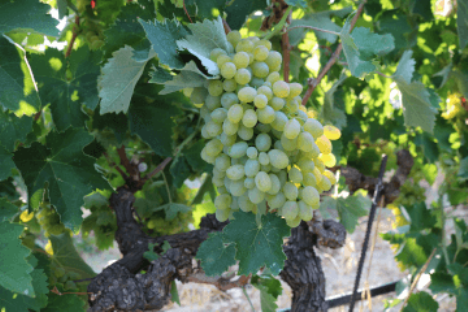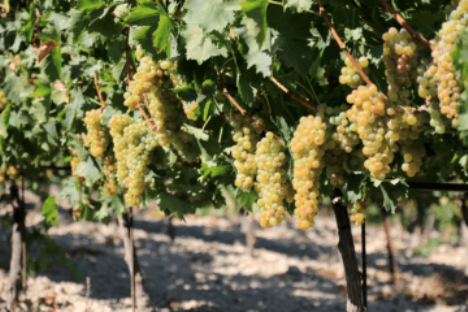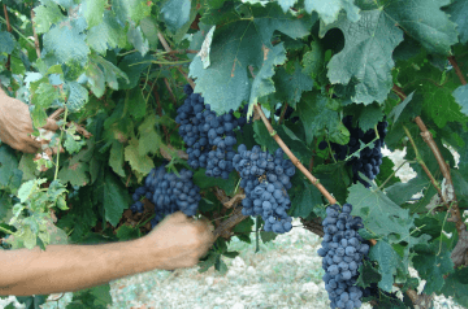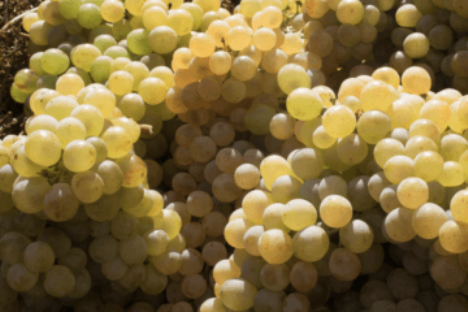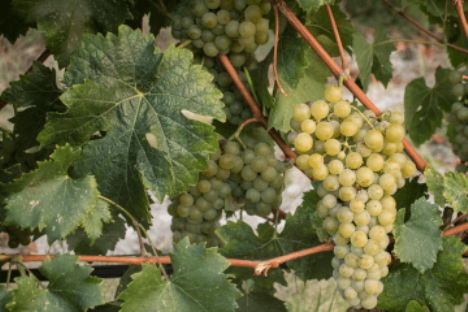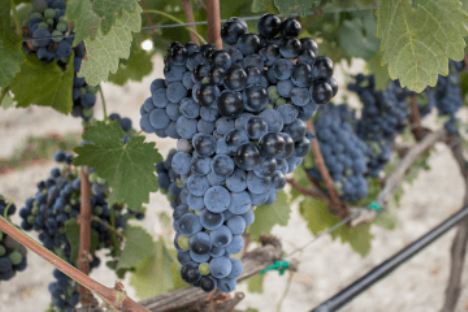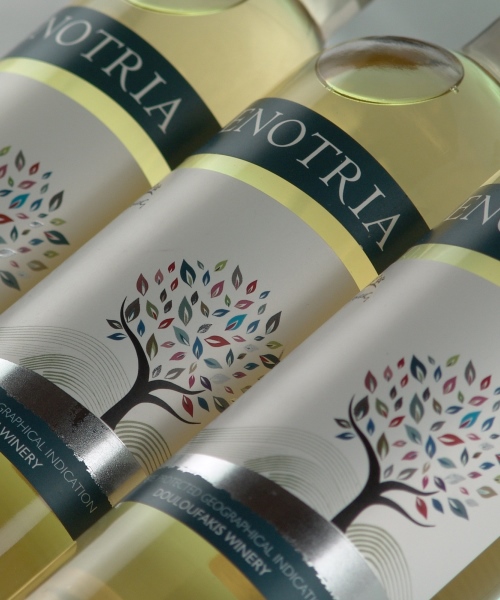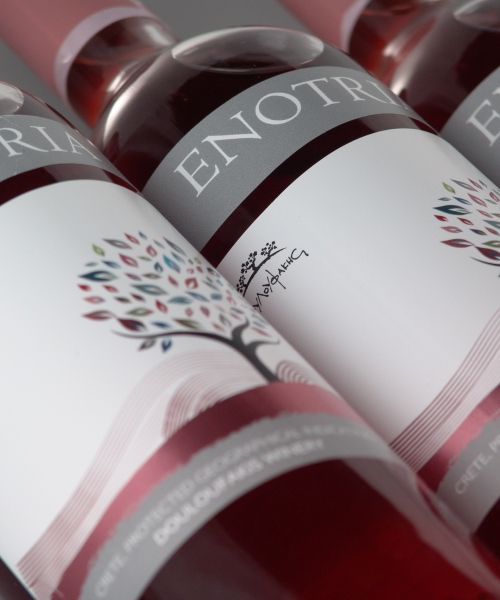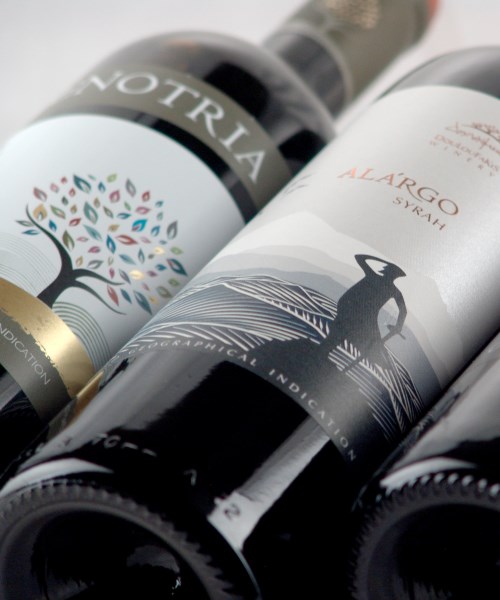- Read Time: 9 mins

Cretan grape varieties
Grapes grown in Crete, Greece
Making a quick reference to the grapes for wine making, we would say that they have a tougher skin and juicy flesh in contrast to table grapes that have a thin skin and crisp flesh. The aromatic compounds, the pigments of red grapes (anthocyanins) and tannins are in the skin.
The main grape sugars are glucose and fructose. The main acid in grapes is tartaric. Sugars and acids are important in oenology because they determine the balance of wine flavour. The content of these substances depends each time on the variety, the subsoil, the climate as well as the ripening time of the grapes. There are many native Greek-Cretan grape varieties.
Overall, there are more than 300 precious native greek grape varieties that produce wines of different character. Each wine has its own personality which depends on the geological history of the production place, on the vineyards as well as on the winemakers, their tradition and culture.
In Douloufakis vineyards we cultivate Cretan, Greek and International grape varieties.
Learn about the Grape Varieties from Crete, Greece
- Read Time: 8 mins
- Read Time: 10 mins
It is a clone of Muscat that gets its name from the community of the Spina in Chania.
- Read Time: 1 min
Kotsifali cretan grape variety is a truly remarkable red of Crete, it is grown mainly in the prefectureof Hheraklion
- Read Time: 1 min
Vilana grape is grown in all four prefectures of Crete.
- Read Time: 1 min
Famous Cretan wine during the Venetian occupation of the island.
- Read Time: 1 min
Mandilari is an ancient indigenous Cretan variety.
- Read Time: 1 min

 DE
DE  RU
RU  EL
EL  EN
EN 
